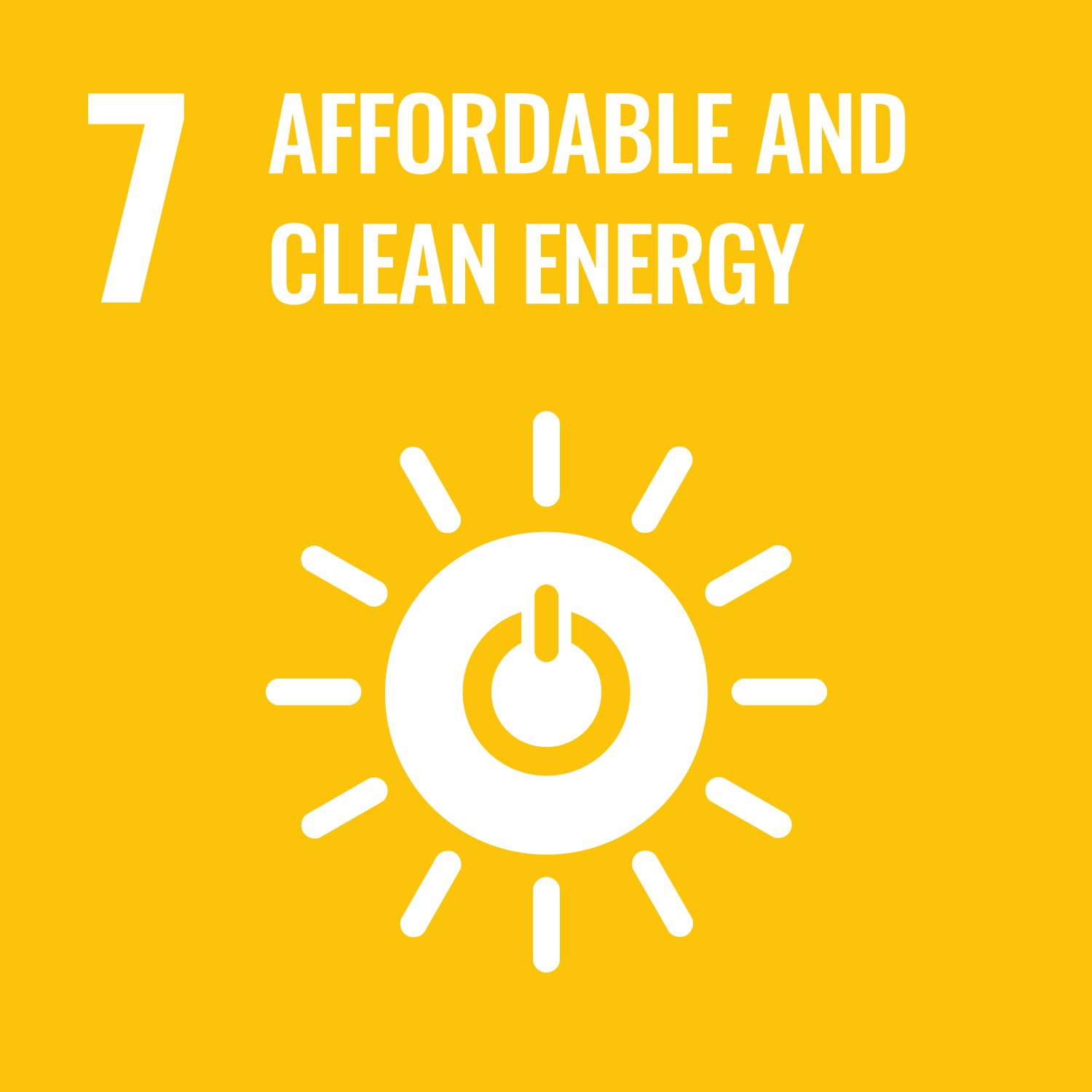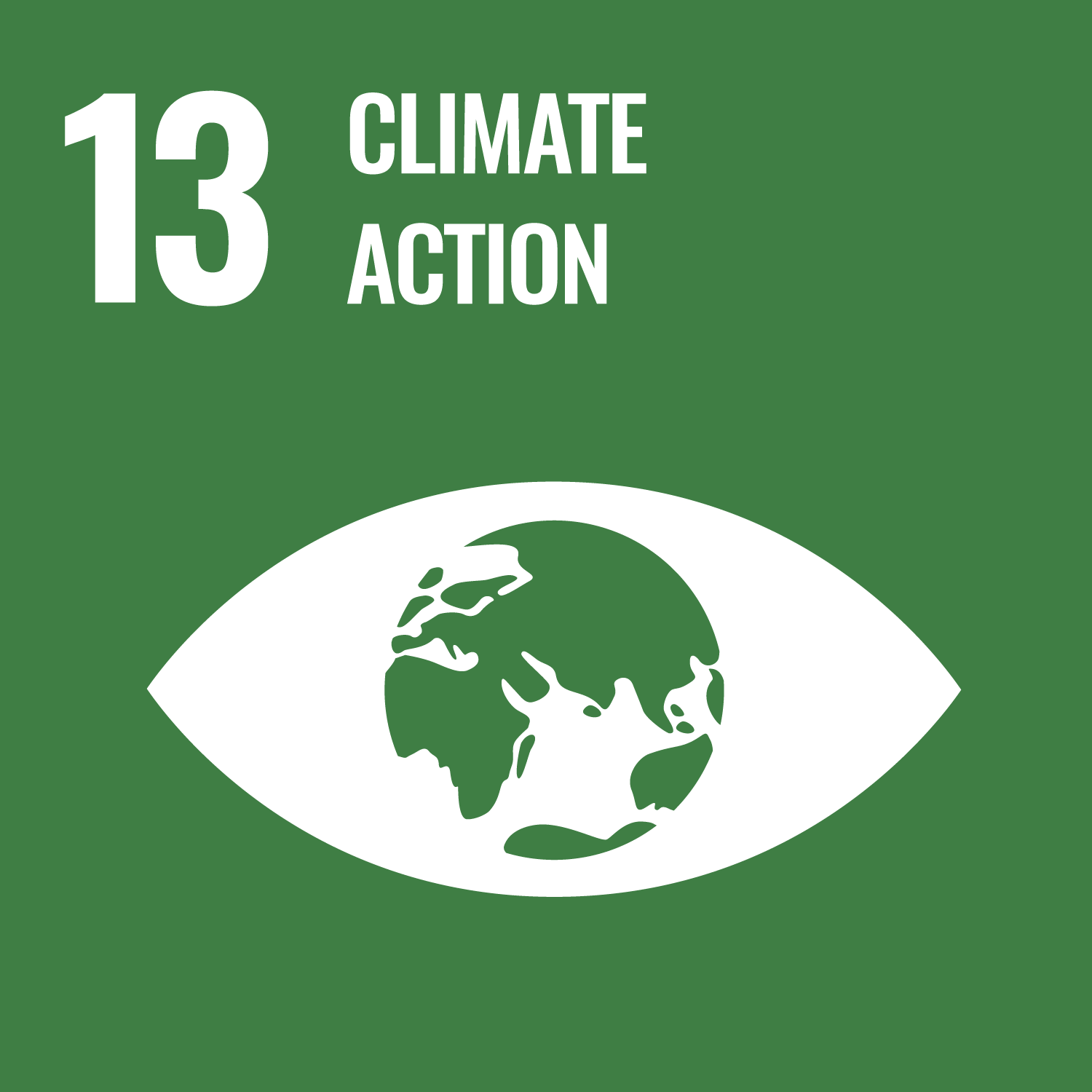The aim of this course is to cultivate the ability to solve challenges you will encounter in the future. This includes learning
communication skills with peers and a wealth of up-to-date tools, which we believe should be acquired experientially through
hands-on practice rather than through lectures. In class, we will support each student's thinking, install a set of tools
to concretise design activities, and repeatedly learn through examples. For instance, suppose you have an engineering challenge
(such as analysing electrical circuits or environmental data) and wish to analyse data using Python. Python has a rich array
of visualisation libraries that allow you to graph changes in numbers (sometimes resembling beautiful art), enabling you to
intuitively understand the phenomena before you and make clear judgments.
In this course, we will carefully select highly practical tools that are widely used and learn how to use them effectively. Furthermore, we have prepared a variety of projects in line with the latest technological trends (AI, IoT, simulation). Through each project, students will learn system design methods and acquire practical skills. Through this class, students will be able to experience a simulated environment of social development.
In this course, we will carefully select highly practical tools that are widely used and learn how to use them effectively. Furthermore, we have prepared a variety of projects in line with the latest technological trends (AI, IoT, simulation). Through each project, students will learn system design methods and acquire practical skills. Through this class, students will be able to experience a simulated environment of social development.
Through practical projects and experiential learning, we cultivate human resources who can solve problems and utilise the
latest technologies to open up new fields in energy.
- Able to organise problems and solve them with appropriate tools through engineering challenges and data analysis.
- Can collaborate with peers and derive optimal solutions while sharing ideas.
- Capable of using programming and simulators for data analysis and visualisation.
- Can practise system design in projects using the latest technologies such as AI and IoT.
- Able to simulate development environments and create new value using practical tools.
- Can understand the role of energy policy and distributed power sources.
| Report1 | Report2 | Presentation | Total. | |
|---|---|---|---|---|
| 1. | 20% | 20% | 60% | 100% |
| 2. | 0% | |||
| 3. | 0% | |||
| Total. | 20% | 20% | 60% | - |
Goal1
・Submission of report for lecture [1-7] (20%)
Goal2
・Submission of report for lecture [9-14] (20%)
Goal3
・Evaluation of presentation of each project for lecture [2-14] (60%)
・Submission of report for lecture [1-7] (20%)
Goal2
・Submission of report for lecture [9-14] (20%)
Goal3
・Evaluation of presentation of each project for lecture [2-14] (60%)
| Class schedule | HW assignments (Including preparation and review of the class.) | Amount of Time Required | |
|---|---|---|---|
| 1. | First time: Explanation of the tools and project. • Tool Explanation (1) Python/Jupyter Python (2) MicroPython/ThonnyIDE MicroPython (3) C/C++/Arduino IDE Arduino Development Tools (4) PySpiceSimulator/Python Circuit Simulator (5) CircuitSimulator/Scideam Scideam Simulator (6) IoT/thingSpeak IoT Cloud (7) AI/scikit-learn, Keras, TensorFlow (8) Art/processing Processing • Project Overview (1) Circuit design and simulation (using Scideam) (2) Waveform generation and AMP playback (CPU board + analogue amplifier + Arduino DE C/C) (3) Voltage and current sensors and waveform observation (CPU board + Python + Arduino DE C/C) (4) Environmental sensors for temperature, humidity, pressure and IoT (WiFi Arduino + ThingSpeak + Arduino IDE C/C++) (5) Measuring soil moisture with a plant moisture sensor and IoT (Raspberry Pi Pico W + Thonny IDE + ThingSpeak) (6) AI (image and data analysis) and Python (TensorFlow + Raspberry Pi 4B or 5B + WinMac) (7) Art and code (creating art with Processing Java P5.js) • Installation and introduction to Python/Jupyter • Installation of the circuit simulator Scideam. |
Check the syllabus, Identification of PBL themes |
60minutes |
| Simulator installation Software installation |
60minutes | ||
| 2. | Project theme image and team division (around six names each) Theme image for this year's project (1) Circuit design and simulation (2) Waveform generation and AMP reproduction (3) Voltage and current sensors and waveform observation (4) Environmental sensors: temperature, humidity, pressure, CO2 and IoT (5) Measuring soil moisture with plant moisture sensors and IoT (6) AI (image processing, time series data analysis) and Python (7) Art and code • Team division of around six members • Installation of Arduino IDE C/C++ Arduino IDE usage and application methods • Using IoT (Internet of Things) regarding logging into ThingSpeak Uploading data to the cloud with ThingSpeak • Basics of energy equipment and electrical circuit design (using Scideam) (1/4) Design of DC/DC converters PWM output How to use Scideam RC circuits • RLC circuits |
Preliminary study of PBL themes | 60minutes |
| Electric circuit design exercise Python example run |
60minutes | ||
| 3. | Third time simulation and art. Waveform generator and operational amplifier simulation (Scideam) - Drawing circuit diagrams in Python (Schemdraw) - Simulating circuits in Python (pyspice) - Creating art with Processing using Java or P5.js • Energy equipment: Basics of electrical circuit design (using Scideam) (2/4) Electrical circuit simulation Timer interrupt • Sensor A/D variables |
Investigate the simulation. | 60minutes |
| Electric circuit design exercise Python example run |
60minutes | ||
| 4. | 4th time.What is a system? • To build a system, connect and evaluate objectives, requirements, and elements. • MBSE (Model-Based Systems Engineering) is a method of system development using "diagrams" and "models." • Systematic explanation of "measuring soil moisture with a plant moisture sensor and IoT." • Programming using a CPU board (Raspberry Pi Pico W) with MicroPython. • Basics of energy equipment and electrical circuit design (using Scideam) (3/4). Switching elements with PWM. Digital filters and control. Explanation of the microprocessor section. |
Research on MBSE Electrical circuit design exercises |
60minutes |
| 5. | Fifth Power Electronics Power circuit simulation (Scideam) • Waveform generation using PWM (high-performance CPU board and Arduino DE+C/C++) • Isolated voltage and current sensors and their usage (high-performance CPU board and Arduino IDE+C/C++) • Basics of energy equipment and electrical circuit design (using Scideam) (4/4) Electrical circuit simulation Experience the operation of a DC/DC converter Simulate and implement a DC/DC converter. |
Investigating power electronics. | 60minutes |
| Electrical Circuit Design Workshop | 60minutes | ||
| 6. | 6th time Creation: Making Art with Processing • Drawing shapes using mathematics • Drawing shapes with chaos theory • Painting with code. | Researching about Processing | 60minutes |
| 7. | 7th Module and its Connections • Environmental sensors: temperature, humidity, atmospheric pressure, CO2 and IoT • Measuring soil moisture with plant moisture sensors and IoT Interim Presentation |
Research about sensors and IoT. | 60minutes |
| 8. | Intermediate announcement | Presentation material preparation and presentation practice | 120minutes |
| 9. | 9th System configuration and operation and its verification • Waveform generation and AMP playback • Voltage and current sensors and waveform observation • Environmental sensors temperature humidity atmospheric pressure CO2 and IoT | Investigate what a system is. | 60minutes |
| 10. | 10th MBSE and AI Engineering for Creation • PlantUML Text-based description of UML (Unified Modeling Language) diagrams • MBSE (Model-Based Systems Engineering) A method of designing and managing system development using "diagrams" and "models" Machine Learning and Deep Learning • Scikit-learn: A simple and easy-to-use library for machine learning. • Keras: A high-level framework for deep learning with an intuitive API. • TensorFlow: A powerful platform supporting large-scale machine learning and deep learning. | Researching UML. | 60minutes |
| Investigate machine learning. | 60minutes | ||
| 11. | 11th Raspberry Pi with AI • Installing the OS on Raspberry Pi • Running Python on Raspberry Pi • Running AI on Raspberry Pi | Research about Raspberry Pi. | 60minutes |
| 12. | 12th Waveform Data and AI Utilisation • Time Series Data Analysis • Waveform Anomaly Detection Final Presentation Final Presentation | Investigate deep learning. | 60minutes |
| 13. | Final presentation① | Practice of presentation at each group | 120minutes |
| 14. | Final presentation② | Practice of presentation at each group | 120minutes |
| Total. | - | - | 1320minutes |
| ways of feedback | specific contents about "Other" |
|---|---|
| Feedback in the class |
Familiarise yourself with introductory books on programming languages (such as Python and C/C++). Research the basics of AI
and IoT (Internet of Things). Investigate Japan's new energy policies and the role of distributed power sources.
- Course that cultivates a basic problem-solving skills
- Course that cultivates a basic interpersonal skills
| Work experience | Work experience and relevance to the course content if applicable |
|---|---|
| Applicable | With over 30 years of experience in design and development in cutting-edge energy fields, I have a proven track record of nurturing numerous engineers in major companies. I possess extensive knowledge in this area. Additionally, I serve as the chair of the Distributed Energy Research Committee of the Electrical Engineering Society's Consumer Electronics Committee. |



- 7.AFFORDABLE AND CLEAN ENERGY
- 9.INDUSTRY, INNOVATION AND INFRASTRUCTURE
- 13.CLIMATE ACTION
Last modified : Sat Mar 29 04:04:33 JST 2025
